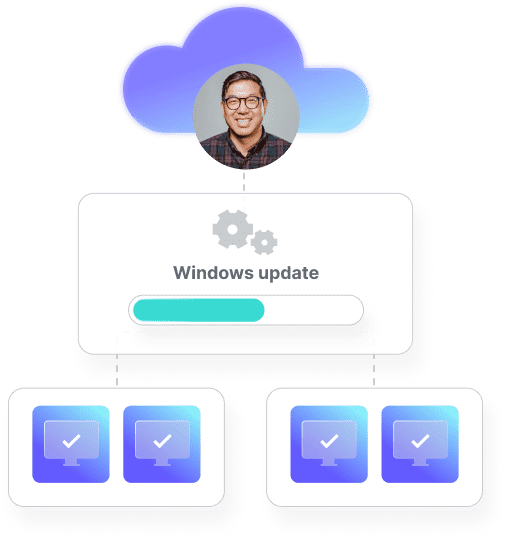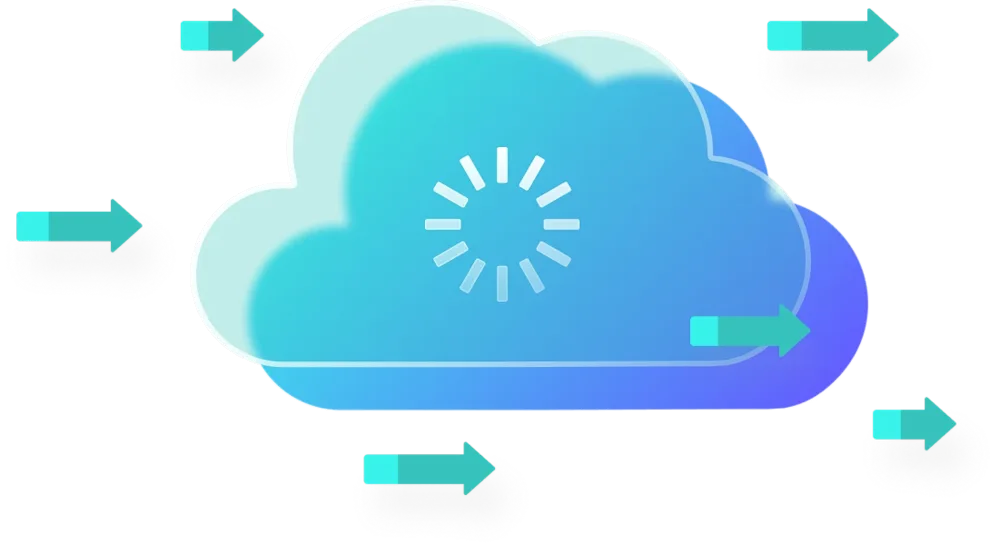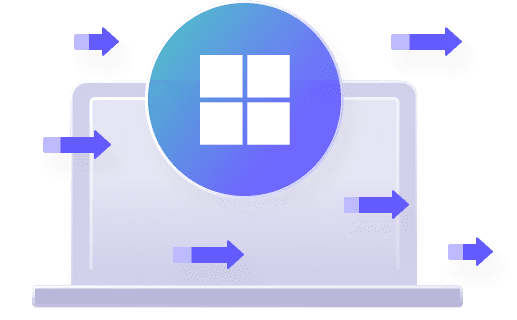Remote desktop management software
Remote work keeps businesses productive while giving employees the freedom to work from anywhere. But you’ll need an efficient way to maintain device security and performance across a distributed fleet. With a remote desktop manager like SmartDeploy, you can easily manage any endpoint anywhere from a single platform.


Must-have features of remote desktop management software
A good remote desktop tool helps you centrally manage each remote device in your fleet with ease. An even better remote desktop manager makes it easy to manage remote, on-prem, and hybrid devices. And if a tool doesn't make life your life easier, was it even built for sysadmins? (Tsk tsk, Microsoft.)
Remote computer imaging
How much time and cost would it save if you could image remote PCs without having to ship them to the office first? Enough for you to take advantage of remote access from a beach in Belize, we think.


Out-of-box cloud services
Easy to set up and use, SmartDeploy’s cloud services are accessible right out of the box. Connect to your company’s cloud storage account and start imaging in less than a day.
Hardware independent imaging
With SmartDeploy, you can build a single golden image and deploy it to any Windows machine in your fleet. Use virtual machines to capture OS images, reducing cost and clutter.
Automate remote OS deployments
Create cloud-connected answer files to automate remote OS deployments and postdeployment tasks like domain joins, AutoLogon, and network mapping.
Application deployment
With a remote desktop management tool like SmartDeploy, you can quickly deliver applications to any remote PC anywhere.
Prebuilt & custom app packages
Distribute software to remote devices easily using SmartDeploy’s prebuilt Application Packs, or use the Application Manager to create your own. Your fleet, your rules.
Deployment flexibility
Slipstream Application Packs seamlessly with your operating system image or deploy them separately, keeping your remote deployments flexible and fuss free.
Windows migration
Using remote desktop software takes the hassle out Windows migration projects — especially when users are off-site.


Uploadable cloud packages
Upload your Windows deployment media to your corporate Amazon S3, Box, Dropbox, Google Drive, or OneDrive account for faster remote deployments.
Remote user data migration
Keep user files and settings intact when migrating remote employees to a new Windows operating system or a new device.
Slipstream Windows updates
Remotely slipstream Windows updates with your operating system image for a more efficient Windows migration process.
Streamlined remote management
Whether you’re supporting a purely remote or hybrid workforce, a remote desktop management tool like SmartDeploy enables you to get more done with less.


Central dashboard
Via a single dashboard, you can view hardware and software information, manage remote IT tasks, and provide remote support without leaving your seat.
Autoscan function
The SmartDeploy client automatically scans and reports remote desktop information to the console so you know what to install or uninstall. There’ll be no monkey business on your watch.
Remote wipe
Protect data security by remotely wiping company data on any lost, stolen, or decommissioned remote computer.
What are the benefits of using a remote desktop management tool?
Using a remote desktop management tool allows you to streamline the way you control and manage devices anywhere. By centralizing desktop management tasks on a single platform, you:
Optimize IT resources
Increase IT efficiency
Improve remote support
Ensure remote PC security and performance
Maintain access and remote connection to endpoints


Hear from real SmartDeploy
customers
Remote desktop management software FAQs
What is remote desktop management software?
Remote desktop management software allows you to organize, manage, and control devices in any location. A remote desktop manager like SmartDeploy includes versatile features that give you the flexibility to support remote, on-prem, or hybrid Windows environments with the same ease.
Common features for remote desktop management software include:
Patch management
How do you choose the best remote desktop management software?
To choose the best remote desktop software for your business, consider how remote work is set up in your organization, current IT resources and capabilities, and specific gaps that need to be addressed. Other important factors include:
Ease of setup and use
Device compatibility
Scalability
Technical support
Real customer reviews
If you manage a hybrid workforce, look for a remote desktop management tool that gives you the flexibility to provide remote support and on-site assistance.
What are remote desktop management best practices?
With limited physical access to users and their devices, remote work increases the risk of security lapses and exposure to cyberattacks. To mitigate the risks, consider the following best remote desktop management practices:
Update software regularly
Use custom operating system images and keep them up to date
Monitor hardware and software closely
Automate recurrent tasks
Use remote desktop software that fits your needs






